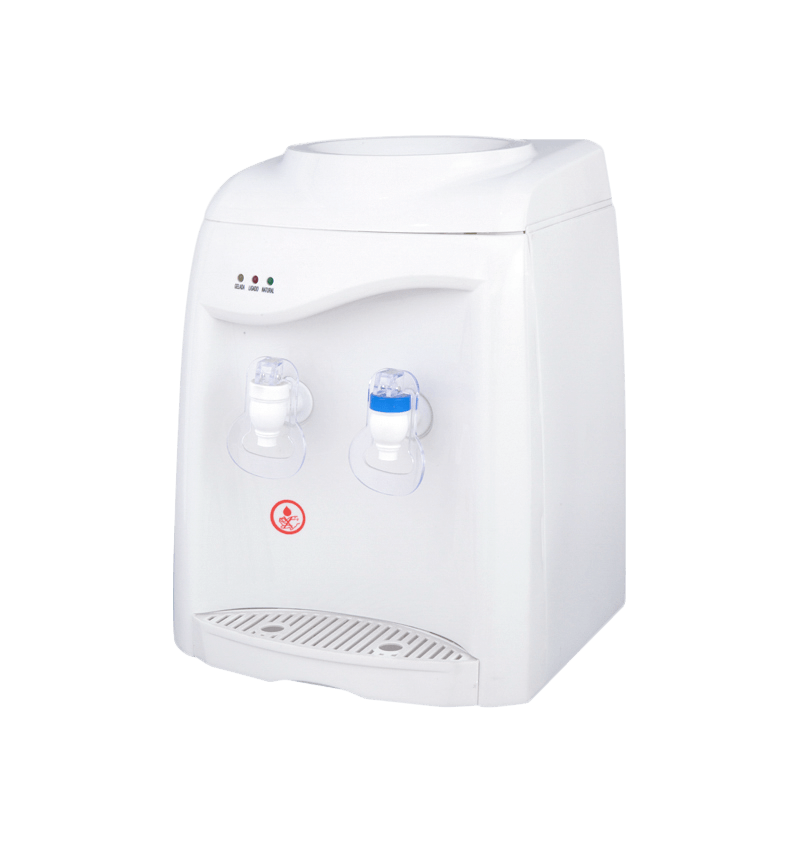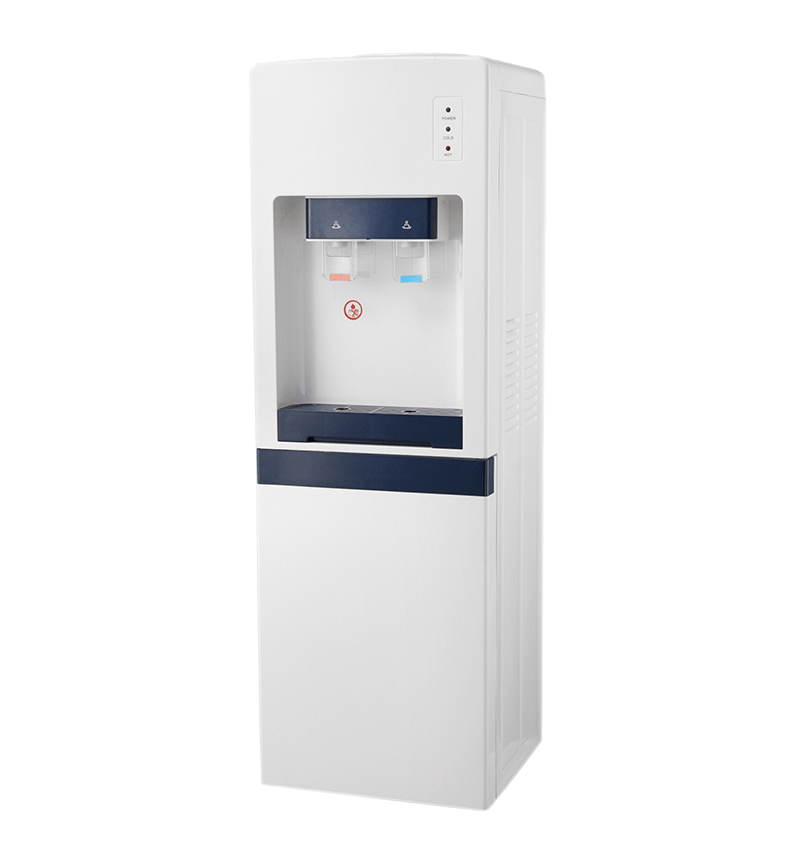RO water treatment system, also known as reverse osmosis water treatment system, is a membrane separation technology developed in the 1960s. Its principle is that the raw water passes through the reverse osmosis membrane under the action of high pressure, and the solvent in the water diffuses from high concentration to low concentration to achieve the purpose of separation, purification and concentration. It is called reverse osmosis because of its opposite direction in nature. The reverse osmosis water treatment system can remove bacteria, virus, colloid, organic matter and more than 98% soluble salts from the water. The method has the advantages of low cost, simple operation, high automation and stable effluent quality. Compared with other traditional water treatment methods, it has obvious advantages and is widely used in water treatment related industries.
Principle editing
Ro (reverse osmosis) is a membrane process that uses the selectivity of RO membrane and the static pressure difference on both sides of the membrane as the driving force to overcome the osmotic pressure of solvent (usually water), allow the solvent to pass through and intercept the ionic substances, and separate the liquid mixture. There are two necessary conditions for RO separation: first, the external pressure must be greater than the osmotic pressure of the solution (the operating pressure is generally 1.5-10.5mpa); second, there must be a semi permeable membrane with high permeability and high selectivity. The pore size of RO membrane is generally less than 1 nm, which has a high removal rate for most inorganic salts, dissolved organic matters, dissolved solids, organisms and colloids. [1]
Technical process
RO membrane itself is sensitive to the pH, temperature and specific chemicals of the influent. The influent water quality strictly requires the pH value range of 4-10, temperature < 40 ℃, sludge density index SDI < 5, free chlorine < 0.1mg · L-1, turbidity < 1, iron content < 0.1mg · L-1, etc. In order to meet the requirements of RO membrane water inflow, the raw water shall be pretreated (sedimentation, coagulation, microfiltration, ultrafiltration, activated carbon absorption, pH regulation, etc.) before entering the RO membrane system, and then pressurized into the membrane module by the pressure pump. Under the effect of pressure, the raw water passes through the RO membrane to become water production, while inorganic salts, organic matters and particles are trapped by the RO membrane on the other side to form a thick liquid. According to the requirements of specific process, the concentrate can be recycled or reprocessed. Ro can be used with ultrafiltration, nanofiltration and other membrane devices to form an integrated membrane device. [2]
Development
The development of RO membrane has experienced three stages. The common RO membrane materials in China are cellulose acetate membrane (CA membrane), aromatic polyamide membrane (PA membrane) and chitosan membrane (CS membrane). CA membrane is the earliest membrane material, odorless, tasteless, non-toxic, light stable, hygroscopic, but the chemical stability, thermal stability, compactness of CA membrane is poor, and easy to degrade. PA membrane is the most commonly used RO membrane in industry, which has the advantages of physical and chemical stability, strong alkali resistance, oil ester, organic solvent, good mechanical strength, etc., but Pa membrane has the property of electrification, particles in water are easy to deposit on the membrane surface, forming membrane pollution, shortening the service life. CS membrane is a natural polymer membrane material, non-toxic, no side effects, anti-bacterial, alkaline earth metal ion removal ability is strong, is a more superior RO membrane softened by hard water, is a very potential membrane material, has received great attention in the world.
The latest development of RO membrane includes inorganic membrane, hybrid membrane and new organic membrane. In theory, inorganic membrane has high ion retention performance, but high cost and harsh preparation conditions, which is not conducive to industrial application; hybrid membrane combines the advantages of organic materials and inorganic materials, and has a good application prospect in improving membrane separation performance and anti pollution, with great development potential, which needs further theoretical research; the preparation of new organic membrane is still in the primary stage, and the main purpose is to However, no breakthrough has been made to improve the membrane flux and chemical stability.



 English
English عربى
عربى Português
Português Español
Español








